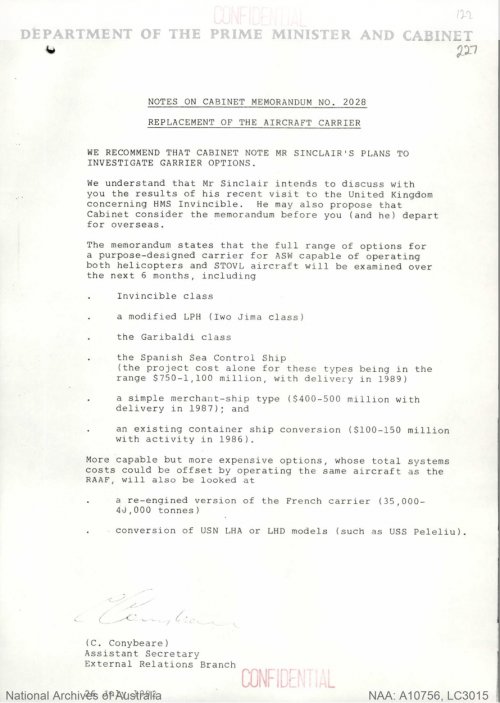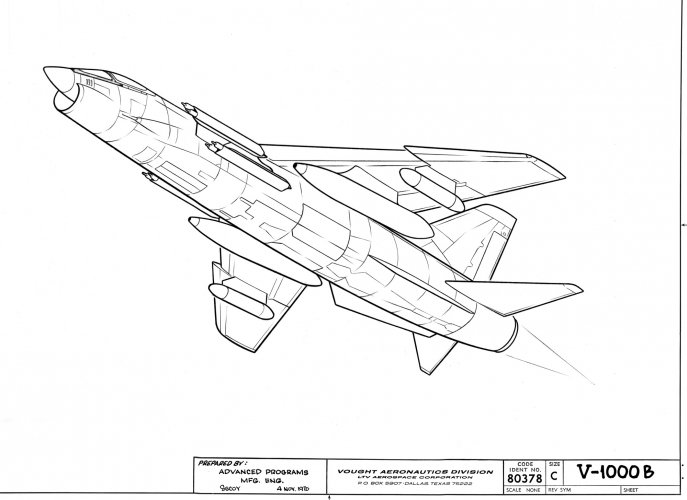- Joined
- 27 September 2006
- Messages
- 6,413
- Reaction score
- 6,791
Purely for fun and in no way wanting to hijack this excellent thread here is an off the wall version.
Noone expected Sir Alec Douglas Home to win the 1964 General Election. Nor did anyone expect his government to unravel the Welfare State and rebuild Britain's Armed Forces.
Grasping the nettle of the RAF's three new aircraft he sat down with the Chief of the Air Staff and the Chairnen of BAC and Hawker Siddeley. Three hours later modified versions of TSR2, HS1154 and HS681 were to be delivered before the end of the Parliament in 1969.
Six months later he chaired a similar meeting with the First Sea Lord and the Chairman of John Brown. The Navy would get its new carrier but again in a simpler more affordable version.
In 1966 Sir Alec received the Australian Prime Minister to discuss changes to Britain's presence in the Far East.
He proposed that the RN would relinquish its Singapore base in favour of closer co-operation with Australia in the face of Indonesia's increased purchase of Soviet weapons. A British carrier would rotate to Australia while RAF aircraft would do the same.
By 1969 the Australians were fed up with delays to the F111C while baseline TSR2s had joined RAF Strike Command and visited Australia. Sir Alec offered the RAAF delivery of a TSR2 squadron from RAF orders with the RAF getting a new order.
Sir Alec resisted calls from President Johnson for British forces to go to South Vietnam but agreed to send a British Brigade to Australia to cover for Australian units sent to Vietnam.
By 1970 the Australians and New Zealanders had withdrawn their forces to deal with Indonesian incursions into Papua New Guinea. They were joined by Gurkha units of the British Army supported by RAF 1154s and TSR2s.
Enough of daydreams and back to the topic
Noone expected Sir Alec Douglas Home to win the 1964 General Election. Nor did anyone expect his government to unravel the Welfare State and rebuild Britain's Armed Forces.
Grasping the nettle of the RAF's three new aircraft he sat down with the Chief of the Air Staff and the Chairnen of BAC and Hawker Siddeley. Three hours later modified versions of TSR2, HS1154 and HS681 were to be delivered before the end of the Parliament in 1969.
Six months later he chaired a similar meeting with the First Sea Lord and the Chairman of John Brown. The Navy would get its new carrier but again in a simpler more affordable version.
In 1966 Sir Alec received the Australian Prime Minister to discuss changes to Britain's presence in the Far East.
He proposed that the RN would relinquish its Singapore base in favour of closer co-operation with Australia in the face of Indonesia's increased purchase of Soviet weapons. A British carrier would rotate to Australia while RAF aircraft would do the same.
By 1969 the Australians were fed up with delays to the F111C while baseline TSR2s had joined RAF Strike Command and visited Australia. Sir Alec offered the RAAF delivery of a TSR2 squadron from RAF orders with the RAF getting a new order.
Sir Alec resisted calls from President Johnson for British forces to go to South Vietnam but agreed to send a British Brigade to Australia to cover for Australian units sent to Vietnam.
By 1970 the Australians and New Zealanders had withdrawn their forces to deal with Indonesian incursions into Papua New Guinea. They were joined by Gurkha units of the British Army supported by RAF 1154s and TSR2s.
Enough of daydreams and back to the topic


